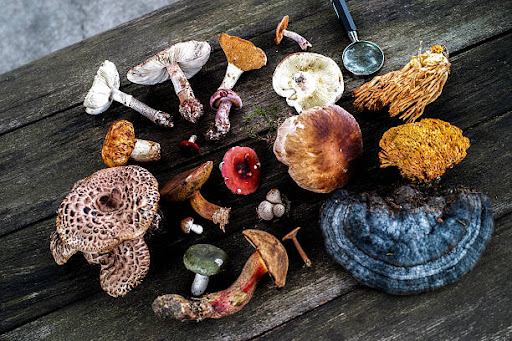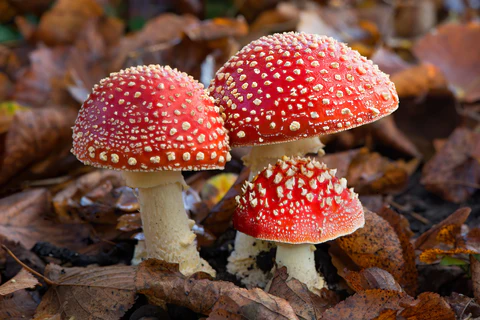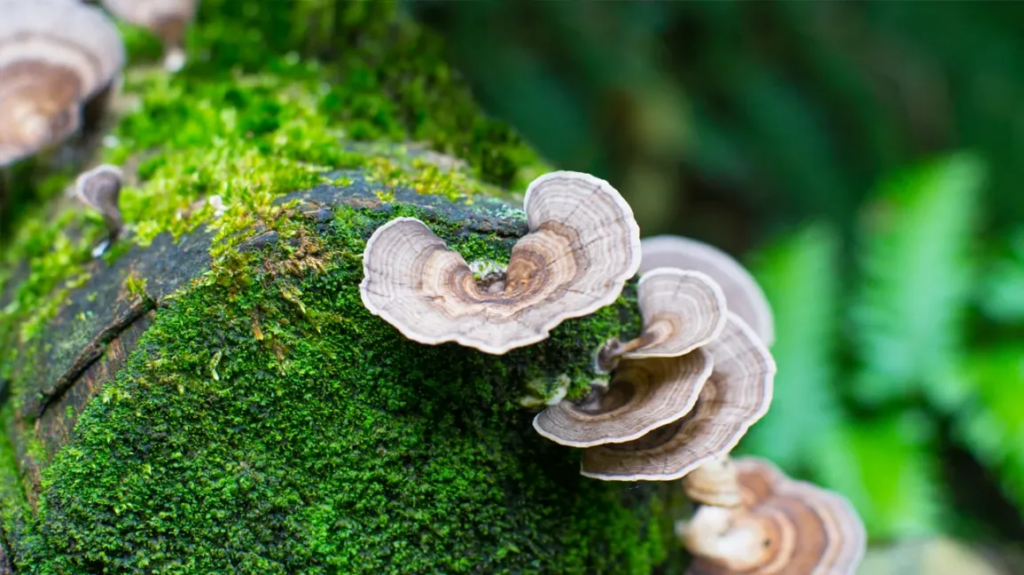Magic mushrooms, The enchanting allure of magic mushrooms transcends their hallucinogenic properties, extending into the realms of mythology and cultural significance. One must embark on a journey through time and explore the “Magic Mushroom Myths.” Rooted in the ancient practices of Mesoamerican civilizations such as the Aztecs and Maya, Best magic mushrooms were revered as the sacred flesh of the gods, shaping the spiritual landscape of these cultures. Beyond the Americas, Siberian shamans sought otherworldly journeys through the consumption of the Amanita muscaria mushroom, while European folklore intertwined with tales of fairy rings and alchemical mysteries. This introductory exploration sets the stage for unraveling the rich tapestry of myths and legends that have woven themselves into the historical narrative of magic mushrooms.

Ancient Cultures and Sacred Sacraments: The Earliest Encounters
In the annals of human history, evidence suggests that magic mushrooms have been consumed for spiritual and ritualistic purposes for thousands of years. The indigenous peoples of Mesoamerica, particularly the Aztecs and the Maya, stand out prominently in this narrative. The sacred use of psilocybin-containing mushrooms, often referred to as “teonanácatl” or the flesh of the gods, played a crucial role in their religious ceremonies.
The Aztecs, in particular, integrated magic mushrooms into their worship of deities like Xochipilli, the flower prince associated with beauty, love, and art. This historical connection between magic mushrooms and divine reverence laid the groundwork for enduring myths that continue to captivate the imagination.
Siberian Shamans and Otherworldly Journeys
Beyond the vibrant cultures of the Americas, Siberian shamans also embraced the mystical properties of magic mushrooms. In Siberian shamanic practices, the Amanita muscaria mushroom, commonly known as the fly agaric, took center stage. The iconic red-and-white cap of this fungus became synonymous with otherworldly journeys and shamanic ecstasy.
Shamans, revered as spiritual guides and intermediaries between the human and spirit realms, ingested the Amanita muscaria to induce altered states of consciousness. The symbolism associated with the fly agaric, its vibrant colors, and the shamanic rituals created a potent mythos that reverberated through Siberian cultures.
Folklore and the Emergence of Fairy Rings
As magic mushrooms made their way into European consciousness, they became entwined with folklore and fairy tales. The appearance of circular formations of mushrooms, known as fairy rings, sparked imaginative tales and myths. In European folklore, these rings were believed to be portals to the fairy realm, where mystical creatures and spirits convened.
The magical allure of these fairy rings often featured in stories of enchantment, with mushrooms as a gateway to hidden worlds. This interplay between nature and mythology laid the foundation for enduring narratives that blended the mundane with the magical.
Eastern Philosophies and the Pursuit of Enlightenment
In the East, particularly in the Indian subcontinent, mushrooms may not have held the same prominence as in the Americas or Siberia. However, the pursuit of altered states of consciousness and spiritual enlightenment has intersected with the use of various psychoactive substances.
In the ancient Indian text known as the Rigveda, there are references to a divine beverage called “Soma.” While the identity of Soma remains debated among scholars, some theories propose that it could be linked to psychedelic substances, including mushrooms. The quest for transcendent experiences and spiritual insights found expression in the myths surrounding Soma, contributing to the broader tapestry of psychedelic lore in Eastern philosophies.
Medieval Europe: Witches, Toadstools, and Alchemical Mysteries
During medieval times in Europe, magic mushrooms acquired a darker and more mysterious reputation. Witches were often depicted in folklore as riding broomsticks and gathering in covens, with the notorious “flying ointment” believed to contain psychoactive ingredients, possibly including mushrooms. The toadstool, a poisonous mushroom, became associated with malevolent magic and witchcraft.
Alchemy, with its esoteric pursuits and symbolic language, also played a role in shaping the perception of magic mushrooms. The search for the philosopher’s stone, a legendary substance with transformative properties, resonated with the transformative experiences attributed to psychedelic substances.

Colonial Encounters and Ethnobotanical Discoveries
As European powers embarked on colonial explorations, encounters with indigenous cultures exposed them to the use of magic mushrooms and other entheogens. Ethnobotanists and explorers documented these practices, contributing to the gradual understanding of the cultural significance of these fungi.
One such explorer, R. Gordon Wasson, played a pivotal role in introducing magic mushrooms to the Western world. Wasson’s experiences with psilocybin-containing mushrooms among the Mazatec people in Mexico were documented in a groundbreaking article in Life magazine in 1957. This publication marked a turning point, sparking interest and curiosity about the mystical properties of these fungi.
Psychedelic Renaissance: The 1960s and Beyond
The 1960s witnessed a cultural revolution that embraced psychedelic substances, including magic mushrooms. Influenced by countercultural movements and a quest for expanded consciousness, individuals sought profound experiences through the consumption of psychedelics.
Prominent figures like Timothy Leary advocated for the exploration of altered states of consciousness using psilocybin mushrooms, popularizing the phrase “Turn on, tune in, drop out.” This era not only rekindled interest in the historical use of magic mushrooms but also gave rise to new myths and narratives surrounding their potential to catalyze personal and societal transformation.
Contemporary Perspectives: Science, Medicine, and Myth-Busting
In recent decades, scientific research has shed light on the pharmacological effects of magic mushrooms, leading to a reevaluation of their therapeutic potential. Studies have explored their efficacy in treating conditions such as depression, anxiety, and PTSD, challenging previous misconceptions and stigmas.
As the veil of mystery lifts, contemporary perspectives on magic mushrooms are shaped by both scientific understanding and ongoing cultural narratives. The myths surrounding these fungi continue to evolve, influenced by a complex interplay of scientific discoveries, societal attitudes, and the enduring allure of the mystical and transformative.
Conclusion:
The historical origins of magic mushroom myths weave a complex tapestry that spans continents and epochs. From the sacred rituals of Mesoamerican civilizations to the shamanic traditions of Siberia, the enchanted fairy rings of Europe to the alchemical mysteries of medieval times, and the psychedelic renaissance of the 1960s to contemporary scientific inquiries—the journey of magic mushrooms through history is one of cultural resonance, spiritual exploration, and societal transformation.
As we unravel the threads of these myths, we encounter not only the historical use of magic mushrooms but also the enduring human fascination with altered states of consciousness, the divine, and the mysterious. In the intersection of history, culture, and nature, magic mushrooms continue to beckon, inviting us to explore the depths of our own consciousness and the realms of myth and mystery that surround them.

